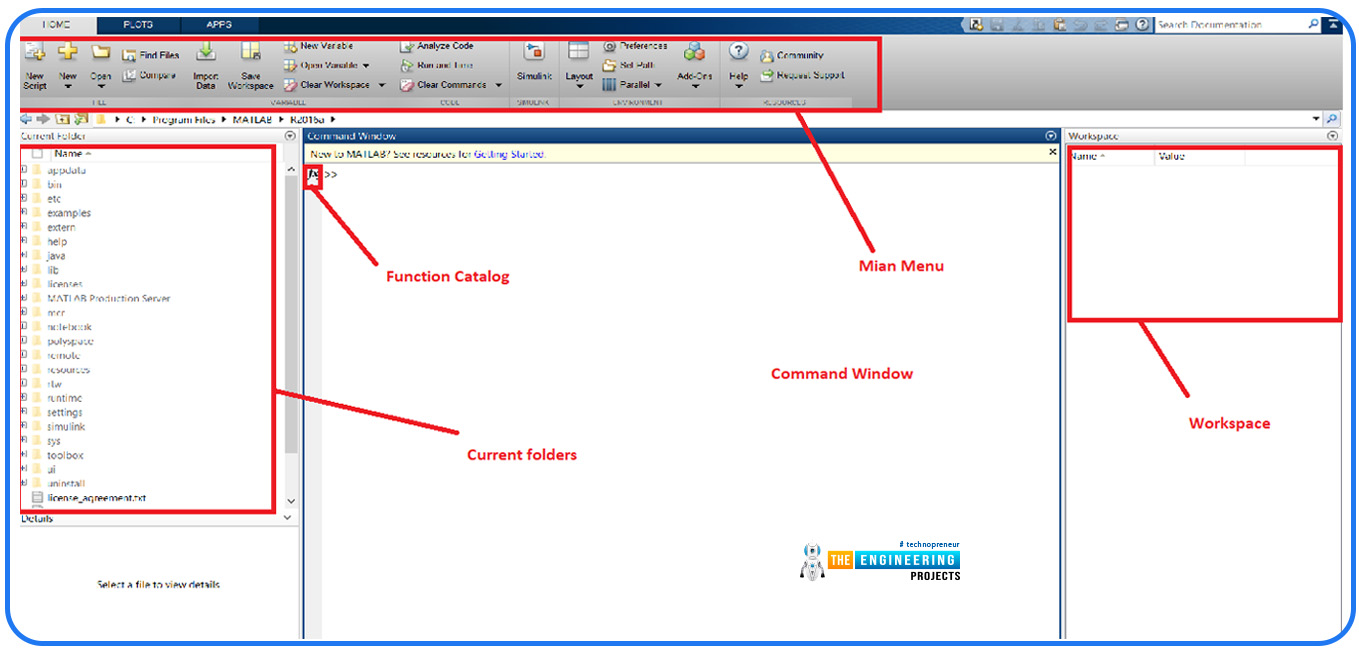TWOOD
Newbie

Hello. I have a circuit with a weak signal output.
The question is:
What is a good feature in a microcontroller to analyze the signal change and deal with the weak threshold? If there is an example, it would be good. Thank you for the help.
The question is:
What is a good feature in a microcontroller to analyze the signal change and deal with the weak threshold? If there is an example, it would be good. Thank you for the help.





